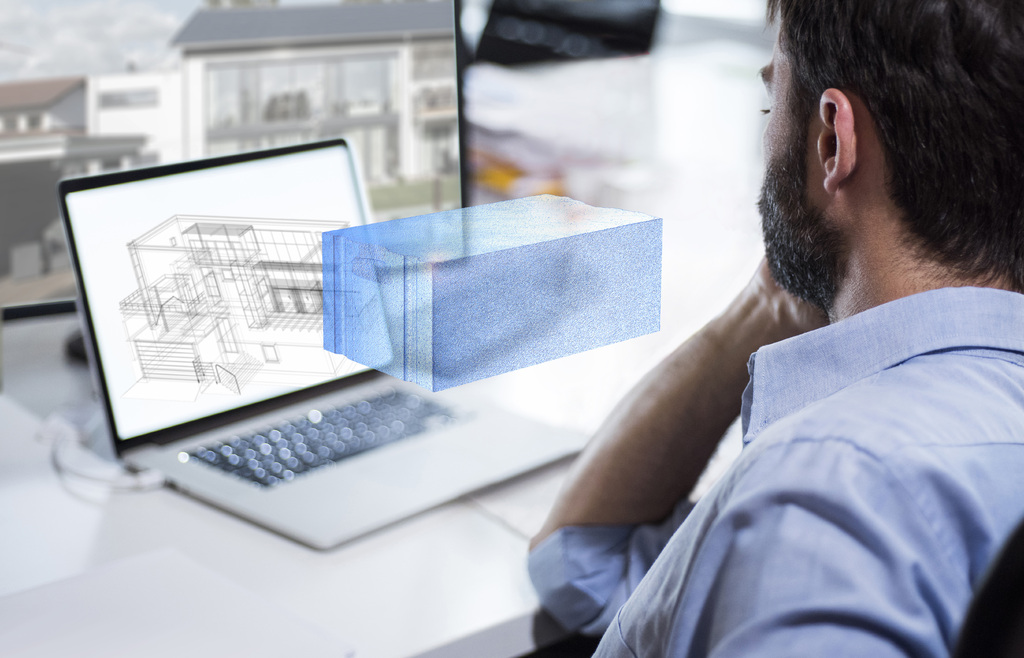News & Markets
Innovative drive meets entrepreneurial spirit
100 Years Autoclaved Aerated Concrete
Loading...First production of AAC
An invention alone is no guarantee of success. You also need an entrepreneurial spirit. Axel Eriksson's innovative spirit and Carl August Carlén's entrepreneurial talent came together at this time.
Carlén ran the family business, which included both lime and stonemasonry. He was looking for a promising new area of business and in 1928 he was granted a license to produce AAC.
November 1929, the first AAC blocks rolled out of the Yxhult plant. The AAC was sold under the brand name Ytong, a combination of Yxhult and "betong", the Swedish word for concrete. In 1942 Ytong AB applied for a patent for wire cutting.
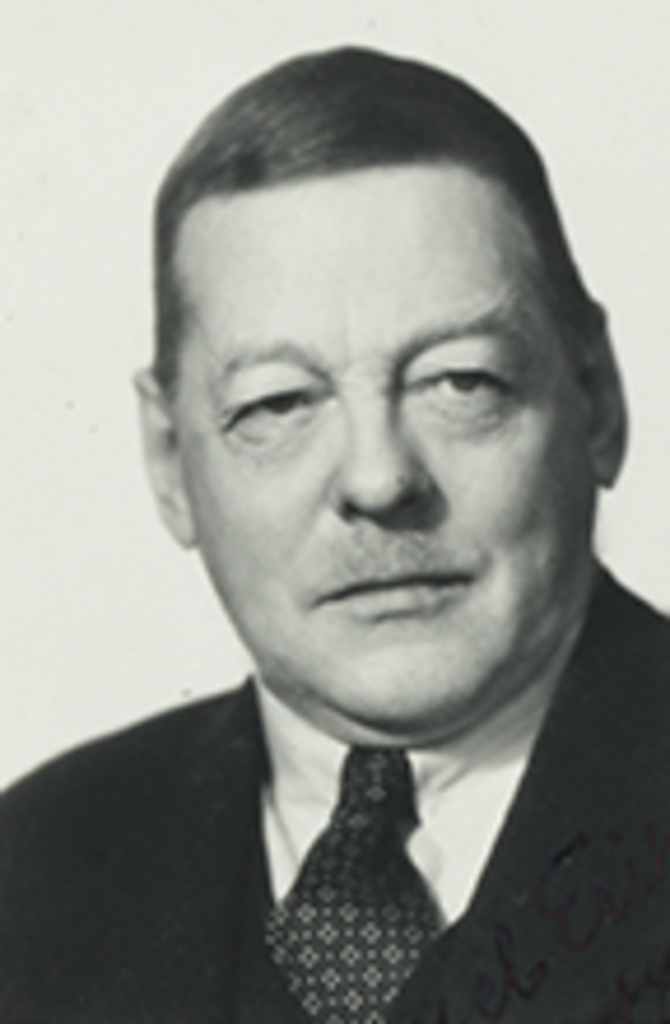
AAC ready for expansion
The immediate success of Eriksson's product soon attracted domestic competition. In 1932, the Carlsro Kalkbruk factory began producing aerated concrete blocks, which were later sold under the brand name Durox.
Another competitor began producing AAC blocks in 1934 under the brand name Siporex. This material was made from a full cement-based recipe. Siporex was the first company to introduce reinforced AAC panels in 1935. The original idea of Siporex was to create a complete building system (blocks, roof, floor slabs and lintels).
After a very successful introduction of AAC in Sweden and as a result of the excellent product properties, AAC production became international in 1937.
During the Second World War, the German engineer Josef Hebel made remarkable improvements to the technology of manufacturing AAC panels. He founded the Hebel company in 1943. Production of a full range of AAC products began in 1948 in Emmering, Germany.
10 years after the first production and commercialization of AAC everything was available for a rapid international expansion. AAC was a new building material with extreme favourable characteristics. Different producers, using different sources of raw materials, different production, technologies were producing different types of products (blocks, panels, lintels).
The use of license systems was allowing third companies to invest in AAC production facilities.
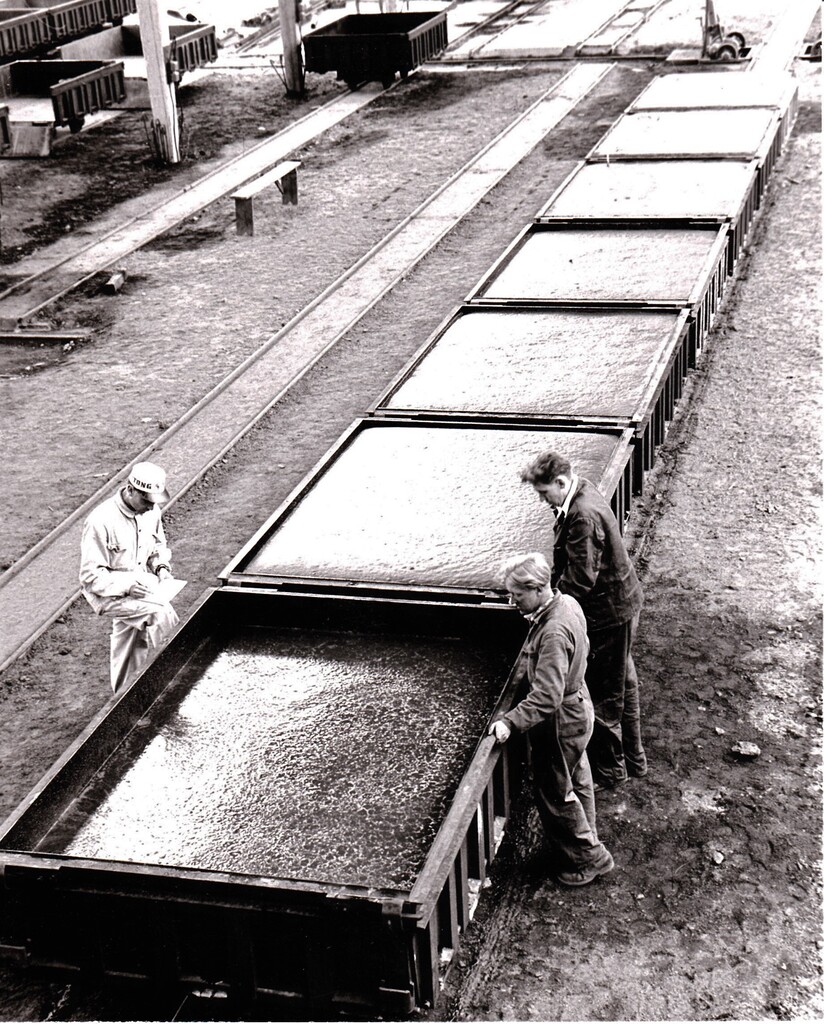

AAC expansion in Europe: 1950 – 1960
After the Second World War, AAC spread throughout Europe through the leading suppliers of AAC technology Ytong and Siporex (Sweden), Durox (Netherlands) and Hebel (Germany). They sold AAC technology licenses and contributed to further developments in AAC production, applications and product quality.
Sweden, Germany, the UK, Poland and the Netherlands became the leading centres of expertise and quality for AAC with increasing market shares on their home markets.
The rapid development of AAC in Europe was also driven by a severe shortage of building materials during the post-war reconstruction period. This was helped by the exceptionally favourable construction and insulation properties of AAC. The product could be produced in a very energy-efficient way using the various raw materials available in local markets.
AAC becomes mature: 1960 – 1980
During the 1950s and 1960s, quality standards were set by the Swedish license and its R&D centre. The Development Centre established itself as a key player in the company and as a hub for communication between production and factories around the world. All factories had access to the latest knowledge and support from the Swedish R&D centre.
In the post-war period quantity was more important than maximum quality. But this was changing rapidly. German standards (DIN 4165 and 4166) were introduced in 1958. Other European countries followed.
The German AAC industry (led by Hebel and Ytong) started to set the highest quality standards for their premium products and had a strong focus on product development. The AAC industry invested in R&D centres with an uncompromising philosophy of adhering to quality standards aimed at ensuring the ability of AAC to protect and guarantee the value of residential and living space.
The German R&D centres performed a wide range of tasks: from basic research to application technology, from the analysis of raw material deposits to the finished product, from technical control in the plants to participation in the development of (national) standards.
During this period, national AAC associations were established in most of the countries where the building material was produced. They had a strong presence (supported by the R&D centres) in committees for production standards and procedures.
Two other key innovations made the so-called precision block (1960) what it is today:
· the introduction of the tongue and groove joint in 1970
· and the introduction of hand grips in 1983, which, together with the tongue and groove joint, greatly accelerated the construction process.
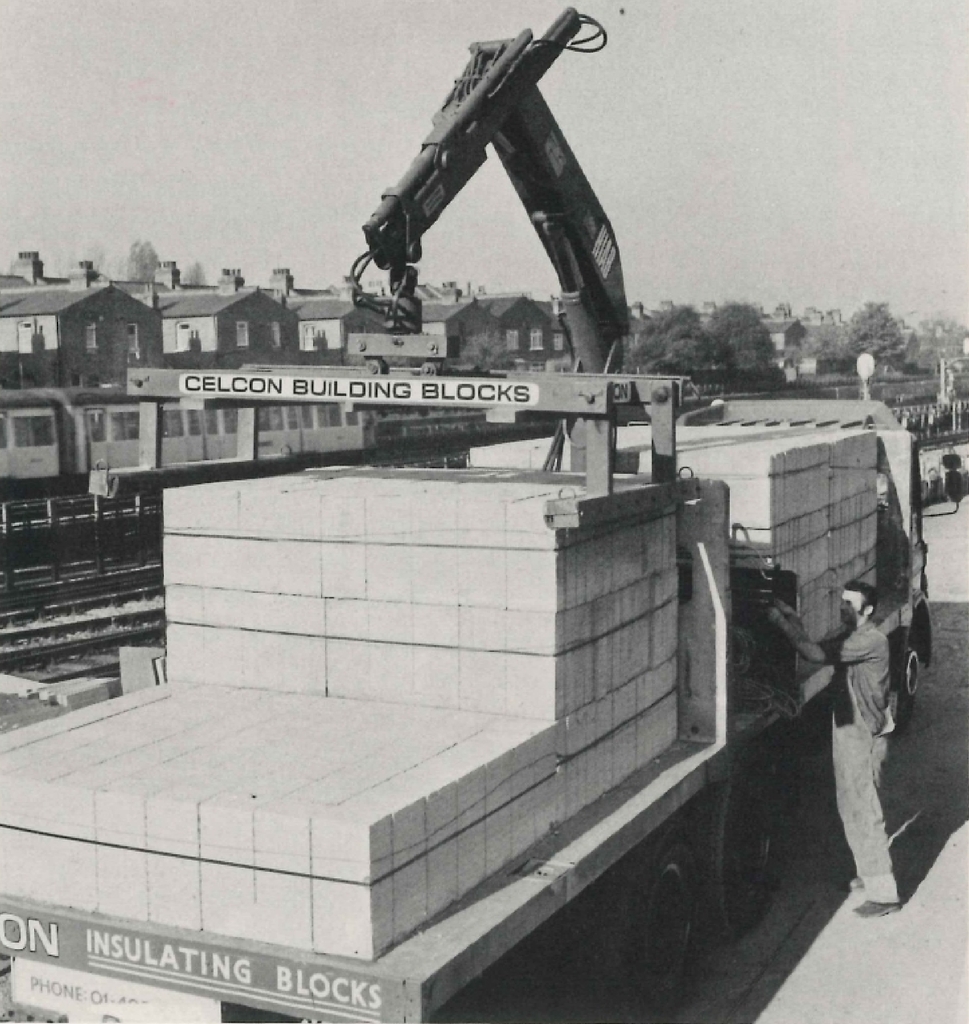

Role reversal between Sweden and Germany
Between 1975 and 1980 the roles between Sweden and Germany were reversed, with the Swedes seeing the Germans as the vanguard of progress, while at the same time significantly improving quality, making production more economical and successfully developing products.
Between 1982 and 1983, Ytong AG, Sweden, transferred all its international operations to Germany. All licences, trademarks and patent rights as well as the entire Swedish central laboratory were transferred to Ytong AG in Germany.
In addition to the development centre, a machine and plant construction unit was set up to provide technical support for the company's own plants. It is also responsible for the acquisition and planning of licensed plants around the world.
Global expansion: 1990 – today
International expansion was the dominant theme in the second half of the 1980s and throughout the 1990s, and in the mid-1990s the German AAC industry began to operate on a global scale. First through organic growth in Germany and Western Europe, and later in Eastern Europe, Asia and the Americas. Secondly, by building plants and granting licenses worldwide.
The fall of the Berlin Wall in Germany and the removal of the Iron Curtain between Eastern and Western Europe opened up new and unprecedented opportunities for expansion.
AAC was already a well-established building material in Eastern Europe, with many plants in operation (27 plants in Poland alone). AAC was a very attractive building material, commonly used in the construction of walls with a high market share (approx. 40%) and international companies started to invest in AAC production plants, which significantly changed the ownership structure of AAC companies. Since 1995 AAC plants have been modernized and a new generation of products were introduced.
Asia was identified as a growth market as early as the mid-1990s. In 1996, Ytong entered into a joint venture in China. In addition to being the licensor, Ytong also took a share in the company in Shanghai. State-of-the-art AAC production facilities were built. The 60 years of AAC development in China began with the import of European AAC equipment and technology. Gradually, the capacity for independent R&D was installed by local producers. China today is by far the largest AAC market in the world.
In recent decades, India has become a new country of AAC opportunities with rapidly developing AAC production and consumption.
Consolidation of the AAC industry
The end of Hebel and Ytong as independent companies was marked on 23 July 2001. The Ruhr-based Haniel dynasty - at the time one of the largest and most successful family businesses in Germany - acquired the two major competing aerated concrete companies Hebel and Ytong, both global players.
A new umbrella organisation called Xella was created. The company names Ytong and Hebel became brand names.
With the integration of Ytong and Hebel into Xella, the plant engineering and construction activities for third parties were reduced. Companies supplying machinery and even new plants from Europe and China have filled this gap in the AAC market. As investment in innovative plants (upgrading of existing and new plants) with the latest AAC technology is essential to stay ahead in a competitive and rapidly changing construction market, more and more machine manufacturers are specialising in building complete plants for AAC production.
The key role of R&D
The Ytong and Hebel R&D centres had to move to Emstal and Brück (both in Germany), along with parts of the plant engineering and application technology departments.
They were the 'building blocks' for Xella's technology and research company. It is one of the world's leading R&D centres for AAC. Established in 2004, it has 3 departments: product and process research, applied research and an accredited testing centre.
It's roots go back to the central laboratory in Hällabrottet, Sweden, and they are as committed as their predecessors to preparing the AAC industry for the future. As has been the case for the past100 years, innovation, research and technological development are the basis for expanding AAC applications with products that meet the future challenges of the world and the industry. Be it climate change, energy conservation or energy efficiency.
The founding of The European AAC Association
By the end of the 1980s, national AAC associations needed a coordinated voice towards European institutions, as the legislation they created could have a direct impact on AAC manufacturers.
In 1988 the European AAC Association was formed to promote the interests of AAC manufacturers and their national associations across Europe. One of the first priorities was to produce industry-leading work on standardisation as category recommendations for the design of reinforced AAC or other new CEN standards. This work started with the implementation of the Construction Products Directive 89/106/EEC, resulting in the European Standard EN 771-4 for blocks and EN 12602 for reinforced AAC.
Since its foundation, EAACA has been working towards the following objectives:
· To shape the regulatory environment and promote the growing market opportunity for AAC in Europe
· To promote the benefits of AAC as a building material for affordable, sustainable and highly energy efficient buildings.
· To be represented to policy makers, stakeholders and technical platforms at EU level.
For technical support, EAACA relies on the R&D centres of the AAC industry.
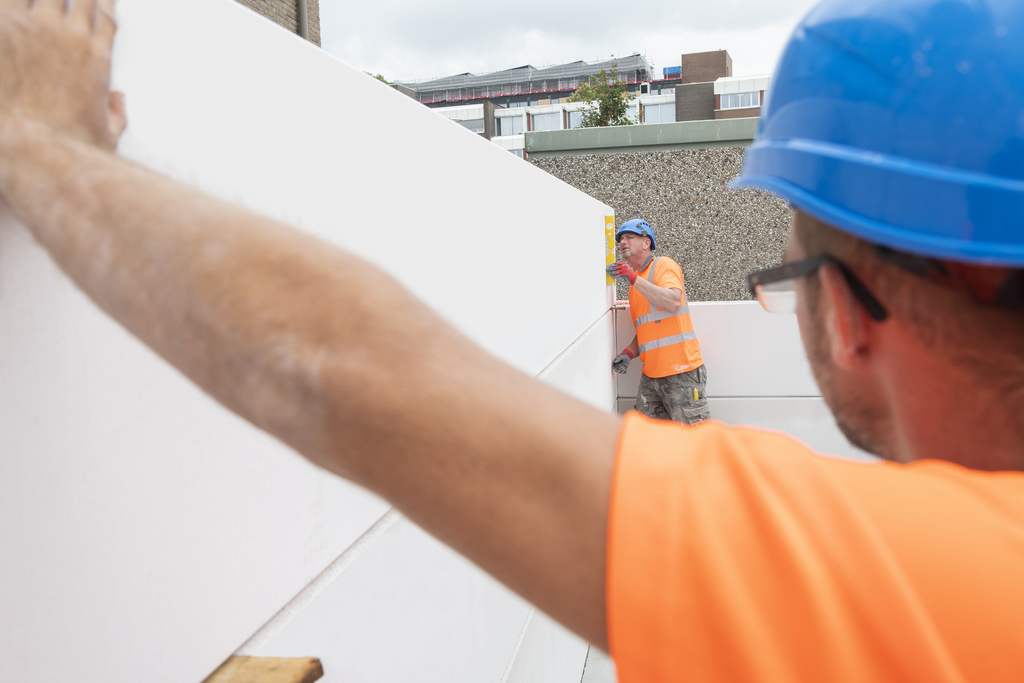
Current issues
In recent years, the focus has been on European climate targets. EAACA is coping with several topics: circularity, sustainability, energy-efficiency. Aim is to stay ahead in a competitive and rapidly changing construction market. Together producers, suppliers of raw materials and specialized AAC plant manufacturers are preparing AAC’s future.
Net-zero roadmap
Recently, EAACA published a Net-Zero Roadmap for AAC products to achieve net-zero emissions by 2050, with the potential to become carbon negative and even to capture CO2.
Outlook: after 100 years still the building material of the future
100 years of AAC is the amazing story of how a local activity in Sweden in the 1930s has expanded rapidly into a successful global industry with AAC plants on all continents. Ultimately the history of AAC is also the story of pioneering discoveries and innovations by visionary thinkers.
The cornerstone of AAC’s success is the fact that AAC is a material with the capacity to adapt and reinvent itself keeping it always relevant and future-proof. The adaptability is based on flexibility in material properties, different production technologies and the presence of science and R&D in the development of AAC.
Material properties
First of all the excellent material properties. AAC is not a material with just a single characteristic. It has a variety of excellent characteristics (thermal insulation, strength, fire resistance, light weight). It can be produced economically with different sources of raw materials (available on the domestic markets). High energy efficiency and low raw material consumption (compared to other wall-building materials) have contributed to its rapid introduction in different markets. AAC is a material that can easily be adapted to changing requirements. AAC can be produced in a density range from 150 – 800 kg/m3. This varies according to the required characteristics. It’s technical properties are constantly being improved. AAC has a large and interesting product range (blocks, panels, lintels…) produced with different production technologies. AAC’s product range is used for new build residential, commercial, industrial buildings and renovation.
Production technologies
The building industry is demanding more energy-efficient building materials (low density insulating materials, blocks and panels). High product accuracy and surface quality is becoming standard.
The range of product applications for residential, commercial and industrial buildings continues to grow. Integrated building solutions are the next step.
Different production technologies allow production costs to be optimised for a specific product range. In the past AAC blocks were associated with Ytong’s ‘tilt-cake system’, reinforced panels with Siporex and Hebel technology, ‘super-smooth’ interior wall panels with the Durox technology.
Today, in a world of rapidly changing requirements, it is essential to invest in innovative plant engineering and to use the appropriate production technology.


The importance of science, research and development to the development of AAC
From the early start in the 1930’s AAC companies invested in R&D to develop technical properties and production technologies. The know how that was created provided technical support to the own production facilities but was also used in a system of licenses and plant engineering for third parties. This license system allowed investors to build new AAC plants using proved technology and technical support. Combined with the huge shortage of building materials in the period after World War 2 the license system created a ‘chain reaction’ of international expansion in the early 1950s.
Since the beginning of our successful industry 100 years ago, research has been driven mainly by the desire to improve thermal performance. Today, issues such as digitalisation, artificial intelligence, sustainability, net-zero emissions, carbon absorption, energy efficiency and the circular economy dominate our daily agenda.
As we approach the era of regulatory measures to meet Europe’s climate change targets our AAC products have a role to play as a source of inspiration as they have in the past for energy-efficient construction.
As in the past 100 years our industry needs skilled scientists and entrepreneurs to work with great enthusiasm and dedication to ensure future success. To foster more scientific debate a network and permanent platforms to exchange scientific ideas between all partners in the industry (producers, raw material suppliers, plant engineering companies) is needed.
Existing AAC and other industry associations can also provide a network for rapid exchange of scientific ideas. International associations (such as EAACA) can facilitate this type of collaboration for the future success of the AAC industry.
Celebrating 100 years of AAC is not just about the progress we have made in the past and the contributions we have made to a more performant construction industry. Our current mission is to look forward, meet the challenges of the future and continue to reinvent AAC as the flexible and advanced building material of the future.
